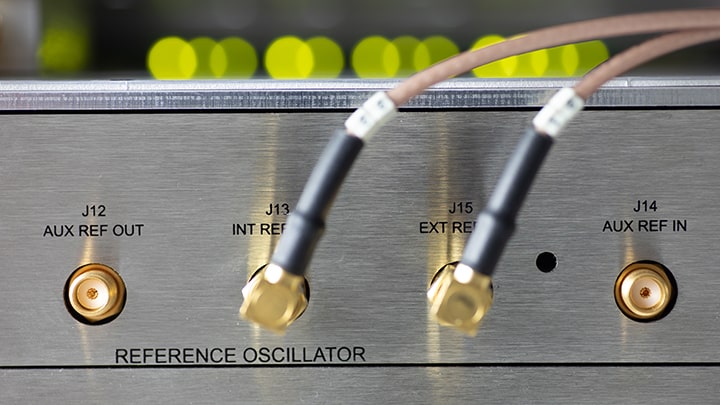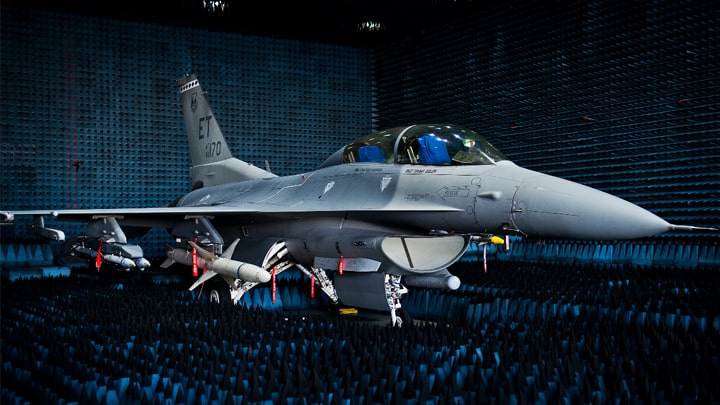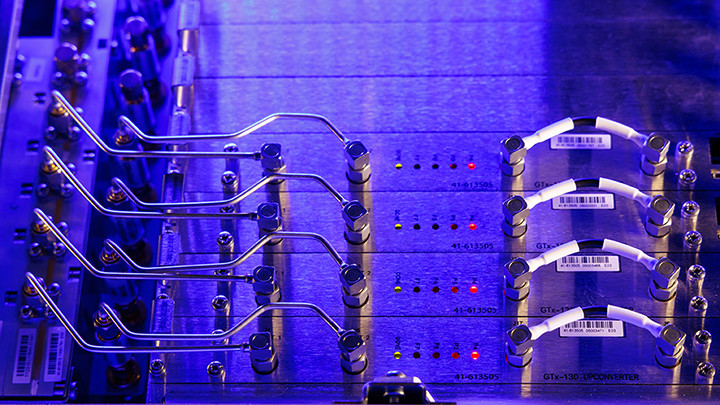


Many defense and space platforms rely heavily on safety- and mission-critical PNT data, so testing PNT receivers and integrated systems is of paramount importance. Unfortunately, there can be significant variety in the quality, accuracy, and reliability of signals produced by GNSS simulation systems. How can one be sure the test results are accurate?

The How to Choose a GNSS Simulator eBook covers the different GNSS testing options available, the advantages and limitations of each one, and how to choose the best GNSS testing method for your device.

A GNSS receiver is typically part of a complex system of sensors, actuators, software applications, and algorithms, and developers need to ensure that an integrated product continues to meet standalone performance parameters. One key method employed is hardware-in-the-loop (HIL) testing. The Latency for HIL Testing white paper discusses what latency is, how it is measured, how it impacts testing, and why the right simulator matters.

Spirent PNT simulators are designed and purpose-built for superior performance. Customized software-defined radios (SDR) provide the highest accuracy, repeatability, and flexibility. Deterministic simulation provides test results you can trust.